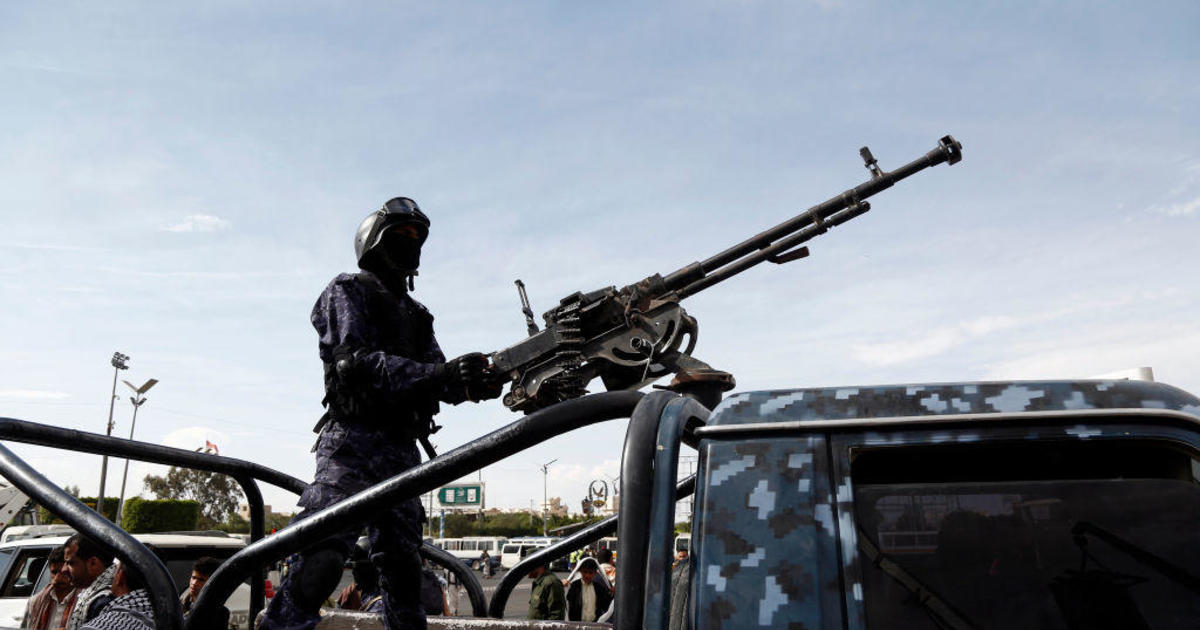Unmanned Houthi submarines pose new threat to US warships in Red Sea
The Iran-backed group attacked with one for the first time on Sunday.The U.S. conducted what it called self-defense strikes on five targets in the Houthi-controlled area of Yemen after the Houthis employed an unmanned submarine for the first time since attacks in the Red Sea and Gulf of Aden began, the Pentagon said.
The submarine, an unmanned underwater vessel, or UUV, shows advancing Houthi capability and a shifting strategy, ABC News national security and defense analyst Mick Mulroy, a former Pentagon official and CIA agent, said.
"Unmanned surface and subsurface vessels are likely more difficult to detect and destroy than aerial drones and anti-ship missiles. The Houthis are not likely capable of manufacturing these weapons on their own, so they are probably coming from Iran," Mulroy said.
In addition to the unmanned submarine hit Sunday, the U.S.military said it struck an unmanned vessel that moves on the surface, as well as anti-ship cruise missiles which have made up the bulk of U.S. targets in the Houthi arsenal.
The Houthis, which the U.S. designates a global terrorist group with Iran's backing, operate out of parts of Yemen they control after a cease-fire in the Yemeni civil war. The International Revolutionary Guard Corps (IRGC) Quds Force, an arm of the Iranian regime's military forces that coordinates operations outside Iran's borders, supports the Houthis and other armed groups with weapons and financing, the U.S. says.
"The Houthis and the IRGC are adjusting their strategy, apparently because they haven't been successful in striking a U.S. naval vessel," Mulroy said. The Houthis have targeted American ships to no avail, while the U.S. has been increasing defensive strikes since a separate militia group, also backed by Iran, struck the U.S. base in Jordan and killed three servicemembers.
"If one or more of these weapons get through and kill U.S. sailors, Iran should expect to be held directly responsible," said Mulroy.
The unmanned weapons systems are an acute threat, Mulroy said, since they could "overwhelm the ship's defenses" by attacking from multiple dimensions, a so-called "swarm attack."
The U.S. Coast Guard said it intercepted a cache of weapons aboard a ship heading from Iran to Houthi-controlled Yemen on Jan. 15. Among military equipment intercepted were components for the unmanned vessels, the U.S. said – the sort of vessels hit in two of Sunday's U.S. strikes.
As a part of U.S. preemptive offensives to Houthi aggression, a U.S. official told ABC News the U.S. conducted a cyberattack against an Iranian spy vessel, the MV Behshad, which has cruised the Red Sea and passed targeting information to the Houthis. The cyberattack was a part of the U.S. promised multi-tiered response in the days after the January 28 militia attack in Jordan.
The Houthis on Monday said they conducted five strikes in the past 24 hours. Two targeted American ships in the Gulf of Aden and another targeted and sunk a British ship, the Houthis said in a statement.





